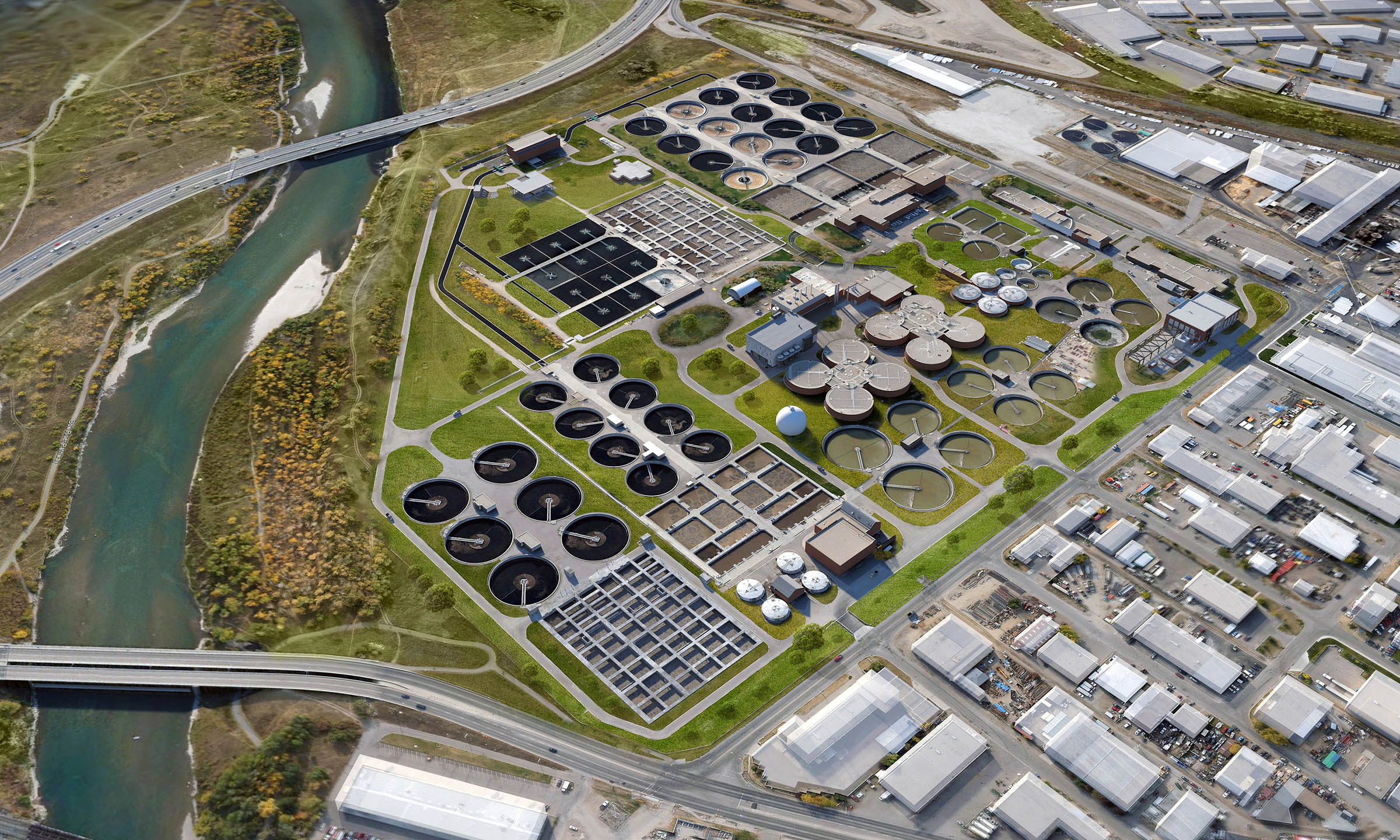Exploring the Duty of Biotechnology in Waste Water Treatment
Exploring the Duty of Biotechnology in Waste Water Treatment
Blog Article
Strategic Approaches to Improve Waste Water Treatment Effectiveness and Reduce Ecological Influence
In the world of waste water therapy, the pursuit for boosted performance and reduced environmental influence is a continuous difficulty that demands strategic services. The assimilation of advanced therapy modern technologies, energy-efficient procedures, resource recuperation techniques, enhanced nutrient elimination techniques, and clever tracking and control systems represents a complex structure for dealing with these pushing worries.
Advanced Therapy Technologies
Innovative membrane purification systems have revolutionized advanced wastewater therapy processes, considerably improving the removal of impurities. These cutting-edge systems operate by compeling water through a semi-permeable membrane layer, successfully dividing pollutants from the water stream. The membrane's tiny pores trap contaminants such as microorganisms, viruses, and put on hold solids, allowing just detoxified water to go through. This modern technology has confirmed to be highly effective in getting rid of a wide variety of impurities, including drugs, hefty metals, and organic compounds, which are often challenging to get rid of via traditional treatment approaches.
Furthermore, membrane layer filtering systems provide countless benefits over conventional therapy strategies. Furthermore, these systems are highly functional and can be quickly integrated right into existing therapy plants or utilized as standalone units for decentralized applications.
Energy-Efficient Procedures
The combination of energy-efficient processes in wastewater treatment systems is crucial for optimizing resource utilization and decreasing operational prices. By applying energy-efficient technologies, therapy plants can considerably decrease their carbon footprint and general environmental impact. One crucial approach to improving power efficiency in wastewater therapy is the utilization of sophisticated oygenation systems, such as fine bubble diffusers or surface area aerators, which can boost oxygen transfer efficiency and minimize power usage. In addition, incorporating power recovery systems, like anaerobic digestion for biogas manufacturing or utilizing excess warmth for thermal processes, can assist counter energy needs and promote sustainability.
In addition, maximizing procedure control and automation through making use of advanced sensors and checking systems can boost general energy effectiveness by readjusting procedures in real-time based upon real need and problems. Implementing energy audits and routinely keeping an eye on energy performance indications are essential practices to determine locations for renovation and track energy-saving initiatives properly. Generally, the adoption of energy-efficient procedures in wastewater therapy not just profits the setting yet additionally adds to long-lasting cost savings and functional sustainability.
Resource Recovery Techniques
With a concentrate on maximizing source use and sustainability in wastewater treatment systems, the application of resource recuperation approaches becomes an essential element in enhancing operational efficiency. Source healing techniques in wastewater treatment involve the identification and removal of beneficial sources from the waste stream, consequently transforming what was when thought about waste into an important possession. By applying resource healing techniques such as nutrient removal and recovery, energy generation from raw material, and the manufacturing of reusable water, wastewater treatment plants can decrease environmental influence while maximizing performance.

Improved Nutrient Removal Techniques
Executing advanced nutrient elimination techniques is essential for optimizing the effectiveness of wastewater treatment systems. Enhanced nutrient removal plays a vital role in reducing the ecological influence of cured effluent discharged into water bodies. One of the crucial strategies made use of for enhanced nutrient removal is the process of biological nutrient removal (BNR), which involves the removal of nitrogen and phosphorus through organic processes. This can be accomplished via using specialized bacteria that can convert nitrogen compounds right into inert nitrogen gas through denitrification, and build up phosphorus within their cells through a procedure called enhanced organic phosphorus removal (EBPR)
In addition to BNR, progressed treatment approaches such as membrane bioreactors (MBRs) and built wetlands can additionally be used content to improve nutrient elimination effectiveness. By incorporating these innovative nutrient elimination techniques into wastewater treatment sectors, systems and districts can successfully minimize nutrient contamination and safeguard the atmosphere.
Smart Monitoring and Control Systems
Utilizing cutting-edge technology, the integration of smart monitoring and control systems revolutionizes the operational performance of wastewater treatment centers. These systems include sophisticated sensing units and information analytics to continuously check essential criteria such as pH levels, turbidity, liquified oxygen, and flow prices in real-time. By accumulating and assessing this information, operators can acquire valuable understandings into the efficiency of the therapy processes, enabling proactive changes to enhance treatment efficiency.
Smart surveillance and control systems additionally sustain remote tracking capabilities, permitting operators to accessibility real-time data and control features from off-site locations. This remote accessibility boosts operational versatility and responsiveness, allowing swift treatments in situation of system breakdowns or changes in influent top quality. Moreover, the predictive upkeep capabilities of these systems aid protect against devices failures and minimize downtime, inevitably improving the total dependability of wastewater therapy operations (Waste Water Treatment).
Final Thought
To conclude, critical strategies such as sophisticated treatment modern technologies, energy-efficient procedures, resource healing strategies, boosted nutrient try this website removal techniques, and clever tracking and control systems play a vital role in improving wastewater therapy efficiency and minimizing environmental influence. By applying these methods, wastewater therapy plants can boost their general efficiency, lower power consumption, recoup important resources, and ensure compliance with ecological guidelines. These techniques are crucial for lasting and efficient wastewater administration methods.

In conclusion, strategic techniques such as sophisticated therapy innovations, energy-efficient procedures, resource recovery approaches, enhanced nutrient removal methods, and smart surveillance and control systems play an essential function in boosting wastewater useful link treatment efficiency and decreasing environmental effect.
Report this page